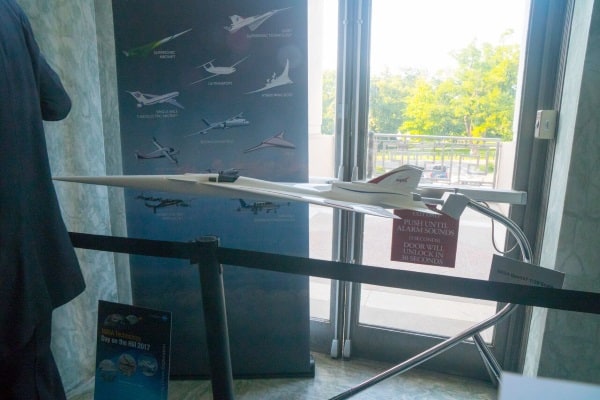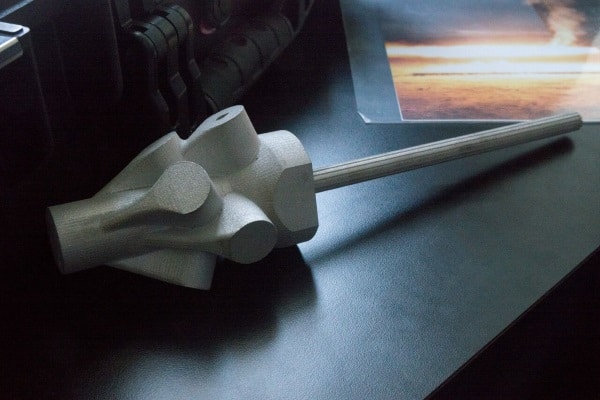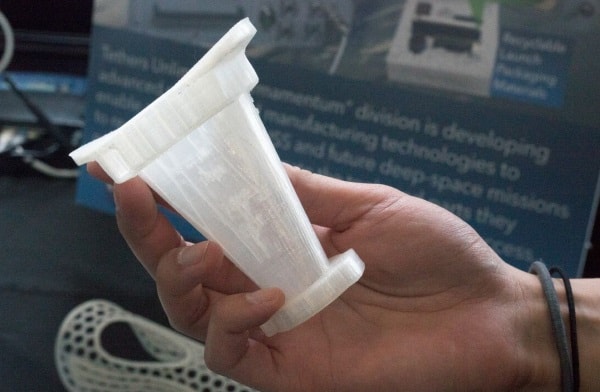
By Lucina Melesio in Washington DC
Yesterday in Washington DC NASA showcased its latest technology investments. The event took place just few steps away from Capitol Hill, where the US Congress will decide on the current administration’s proposed budget cuts for the agency.
“The technologies displayed here today illustrate how sustained investments made by NASA, industry and academia directly benefit our nation’s innovation economy,” reads the event’s brochure. “These technologies help America maintain its global leadership in aerospace and enable NASA’s current and future missions of exploration and discovery,” it continues.

The exhibits I viewed include 3D-printed rocket injectors and igniters that promise to be safer than current with no assembled parts, drone operation systems that would enable real-time drone management through airspace, new NASA X-planes that would also revolutionize the commercial flight market improving fuel efficiency by over 40%, and an onboard 3D printer that recycles waste plastic from space missions to print tools for astronauts – designed for the International Space Station and the future mission to Mars.
Feelings about budget cut threats were mixed among exhibitors. While some said it would halt projects like the X-Plane programme that is strongly dependent on NASA funding, others like the drone operations system said budget cuts wouldn’t immediately affect their projects since they are developed independently by the industry for NASA.

Other NASA showcased projects included the Vascular Tissue Challenge – one of NASA’s Centennial Challenges – which offers a $500,000 prize for creators of metabolically functional human organ tissue in a controlled laboratory environment. While this project was thought as a step towards enabling organ transplants for astronauts in Mars, it would also advance this research field for the benefit of Earthly humankind.
“NASA is innovating, developing, testing and flying technology for use in NASA’s future missions that have real benefits here on Earth, today,” reads the final paragraph of the brochure.



